A Snelson DataBase and Index
Macclesfield Chalice
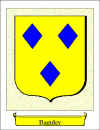 | 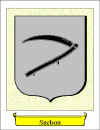 | 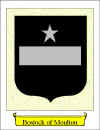 | 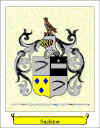 |
Please be aware that these images were created more than 30 years ago, before Microsoft Windows and before the general availability of vector graphics. I have left it all as it was then basically, with these text items created by me in pure HTML language. There was no WORDPRESS and Photoshop was just a baby. Windows 3.1 proved to be a stable product in 1992 followed by Windows 95 which became a major commercial success followed by Windows XP. These later products were capable of handling much better graphics.
You will see the great improvements in the presentation of graphics in my book “The Mystery of the Macclesfield Chalice>”. In the meantime, here is what happened at the time.
THE MACCLESFIELD CHALICE
Background
About 1989, Marjorie Ward was visiting Australia, and we met - she came to my home for afternoon tea - well, we are so British. During our conversation, she told me about the Chalice that she had seen at Macclesfield ... the Chalice that I knew had been given to the people of St. Michael's by Roger Snelston, the dyer. Marjorie had sketched it for me and gave me her drawing - I am not sure whether the drawing here was made by Marjorie or by Charles Snelson. She also told me of the corroborating information in Ray Richard's book "Old Cheshire Churches".
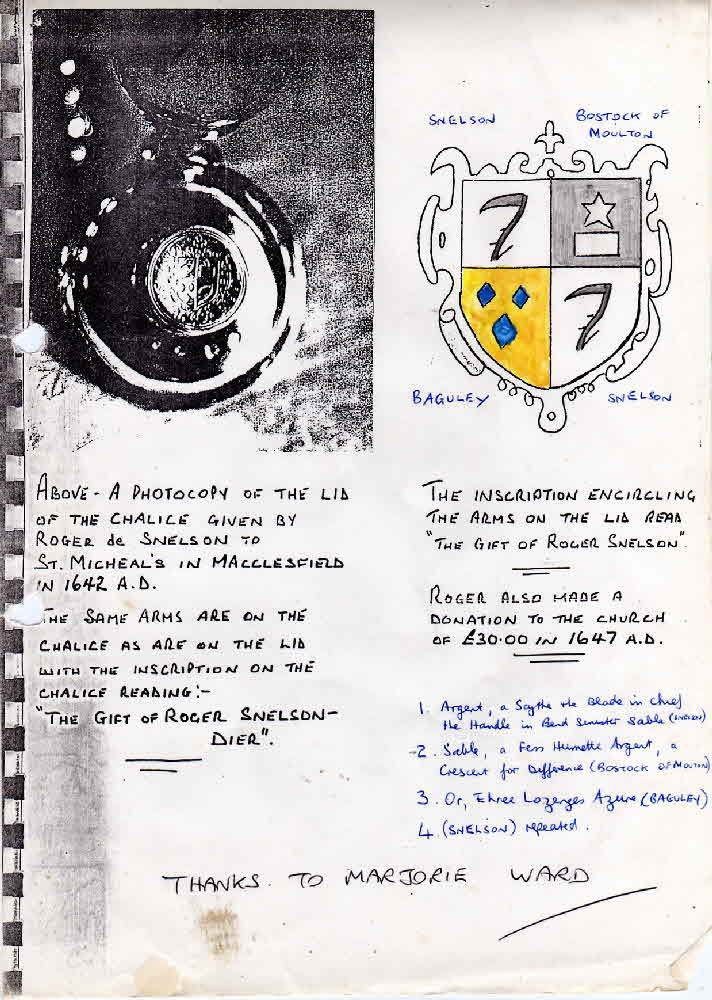
Before the turn of the 14th Century, the adoption of arms had become a cause for concern. To tighten up the process, in 1417 King Henry V gave sole authority for the granting of Arms to the Heralds. No new arms were to be granted without their authority. Arms that were in use at that time were to be allowed, but no new ones granted outside the Heralds' system. In future, any application for the registration of arms so that they could be used in ceremony and battle, had to either granted as new arms or allowed on the proof that they had been inherited in a direct line to forbears who were using these arms prior to 1417.
The Visitation of London
The Snelson arms were attributed to Roger Snelston in the 1633/34 Visitation of London as a result of his application to have them registered in his name. To achieve this, he had to prove direct decendency from a forbear who was using the arms prior to 1417, some 216 years earlier. We know how difficult it is in the 21st Century to prove ancestry as recent as 200 years ago in the late 1700s, when we have the power of the internet and computers, 170 years of Registration and parish records available to us. What chance then our Roger ?
The College of Arms records in the Visitation of London in 1633/34 that arms were recognised for Sneston (sic ) being
Arms Argent a Scythe the Blade in Chief the Handle in Bend Sinister Sable ... being a black scythe, with the blade upwards, the handle across the shield on a silver (or white) background, evidently on the basis of long usage.
For the record, in bend means across the shield .... it does NOT mean that the handle is bent. I have also seen some cheap and nasty pedlars illustrating the arms with the blade downwards, as it would be in use as a agricultultural implement. This is wrong. The blade is in chief - that means "on the top".
I don't deny of course that the scythe probably illustrates the Snelson lowly background as farm labourers, because that's exactly what I do think. We are just rustic clodhoppers.
Senelstune
Snelson is derived from the place of the same name, still there today, in East Cheshire and cited in the Domesday Book in 1086 as Senelstune. In fact this is close to the seat of the Mainwaring family at Peover - Senelstune being taken by the Conqueror's Norman mate Ranulphus ( hence Randle in English ) de Meinilwarin. The modern pronunciation is almost pure francophone after 900 years down the ages as "mannerin" - or as written today "Mainwaring".
The Sneyd and Praers Arms
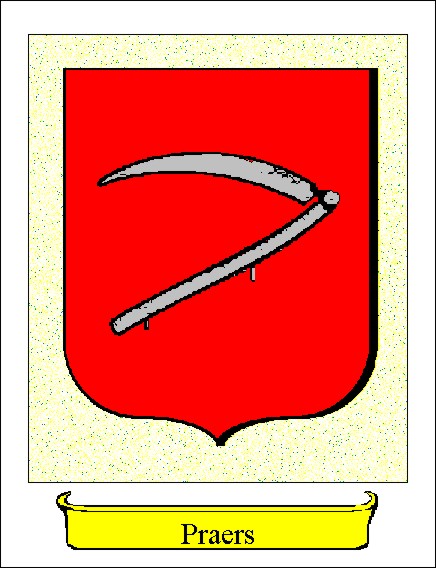
Another family that came with the Conqueror were the Praers. Their arms can be depicted as Gules a Scythe the Blade in Chief the Handle in Bend Sinister Argent.
Another derivation of the Sythe heraldic device appears on the armourial of the Sneyd family - adopted at the Battle of Poitiers in 1356 - when Richard de Tunstall de Sneyd bore arms - Argent a Scythe the Blade in Chief the Handle in Bend Sinister Sable a Fleur-de-Lis for Differencelack, being a black scythe on a white background plus a cadency mark ( 6th son ) or a mark of differentiation being a black fleur-de-lis.
This Richard de Tunstall de Sneyd was a Praers descendant through Richard de Sneyd who bore the Praers arms - Gules a Scythe Argent ( a white sythe on a red field ) - being the arms of his armigerous mother Rosia de Praers.
So it looks like the Sneyd's derived their arms from the Praers - differentiating the colours and adding the cadency.
How exactly the Snelsons came to use the Scythe Ordinary is still lost in the mists of time - but these dates mean that the Snelsons could not have inherited the arms from the Sneyd family - at least, that is my current thinking as it would appear that the Snelson usage was at least contemporary with or prior to usage by or grant to Sneyd. (Interestingly the word "sned" means "handle".)
The Snelson Scythe
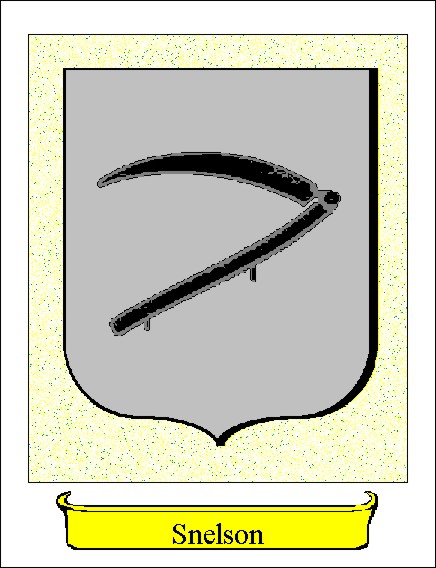
However, it may be that the arms of Snelson are a differentiation on the heraldic device for Praers (see image above - Arms Gules a Scythe the Blade in Chief the Handle in Bend Sinister Argent). The variation could be as simple as a reversal of those colours, and if that were the case, this would be a very close family relationship with Praers.
Snelson Quartered Arms - What Do They Mean ?
Now, onto the main story here.
There is a chalice bearing combined arms of Bostock, Snelson and Baguley in St. Michael's Church in Macclesfield. The arms etched into the silver chalice look like this :-
The coat is quartered as follows ....
(1) Argent a Scythe the Blade in Chief the Handle in Bend Sinister Sable
(2) Sable a Fess Humetee Argent in Chief a Mullet of the Same for Difference
(3) Or Three Lozenges Azure.
(4) Argent a Scythe the Blade in Chief the Handle in Bend Sinister Sable
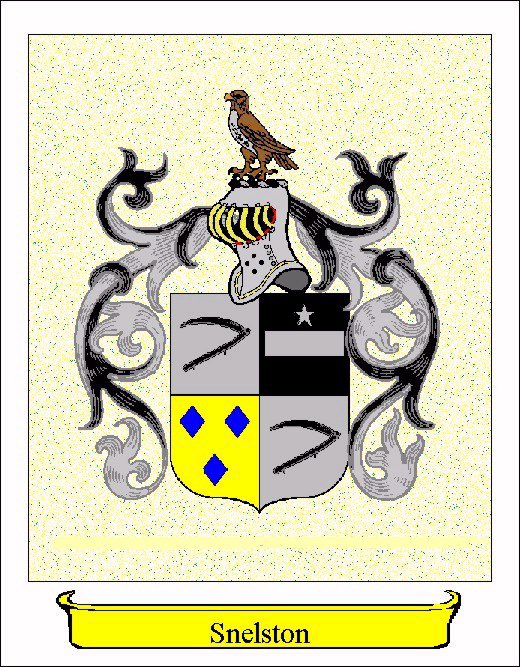
The hallmarks on the chalice are for 1624 - eighteen years before the gift was made, and ten years before the Visitation of London cited above .... so Roger the Dyer may have known about the quartered coat then, in 1624. The chalice and its lid each sport a SNELSON quadrant coat and were given by Roger de SNELSON to St. Michael's in Macclesfield in 1642 A.D.
The inscription on the lid encircles the arms and also reads "The gift of Roger SNELSON". The same Roger also made a donation to the church of 30 pounds in 1647 A.D. This is recorded in George Ormerod's "History of the County Palatine of Chester" and Earwaker's "East Cheshire" and are recorded in the Parish Records.
I am not sure who has actually seen the Chalice apart from Marjorie Ward (nee Snelson). My understanding is that the chalices are not very big and appear on Page 24 of the 1991 Supplement to Charles J Snelson's "A Snelson Genealogy". The quartered arms appear on the side of the chalice and on the lid. I believe that these photographs were originally taken and supplied to Charles by Marjorie. Ray Richards wrote in his book "Old Cheshire Churches" the following wonderful words ...
"The chalices are beautiful and should be shown to all interested visitors. The collection in the vaults is as follows :-
(a) A magnificent silver chalice with paten, the latter serving as a top to the bowl. The hall-marks are for the year 1624. The bowl is inscribed 'The gift of Roger Snelson. Dier' and there are two coats of arms of the Snelson and Higginbothome families. The flat knob of the paten also bears the arms of the Snelsons and is similarly inscribed.
(b) A chalice of similar design and of the same year inscribed 'The gift of Philip Higginbothome. Dier.' together with arms of the donor. The stem and base of the chalices are beautiful examples of the silversmith's craft of the time of James I."
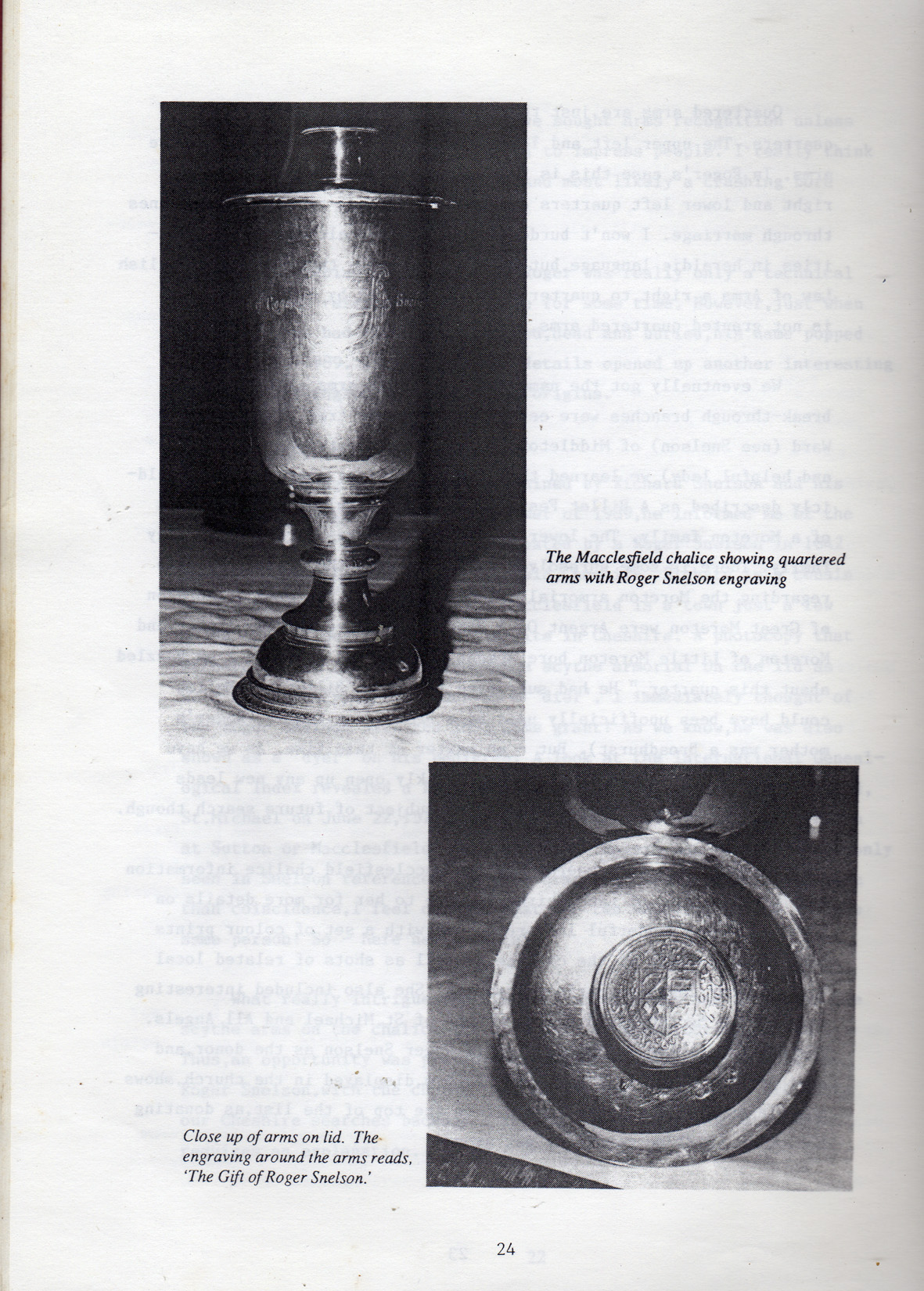
Higginbothome
In fact there are two associated chalices here. In "Old Cheshire Churches", a beautiful book by any standards, author Ray Richards refers to two chalices given to St. Michael's, one given by Roger SNELSON and the other by Phillip Higginbothom - both dyers. It mentions the arms of the Higginbothome family. The arms are on the other side of the Snelson chalice.There are comprehensive records on the Higginbothome family in the Wythenshawe Library confirming that these are the arms of that family.
Boyd's Marriage Index Miscellaneous Series 1601 S - Z Volume 88 presents Catherine SNELSON as married to Philip Higginbothom in 1605. John and Mary Higginbottom are beneficiaries under Roger SNELSON's will.
Note :- I wonder whether Catherine is Roger's (a) sister or (b) even daughter, and that would make John and Mary either (a) his nephew and niece or (b) his grandchildren, respectively. If that be so, it is indeed strange for such a self-important man not to mention the relationship.
Roger Snelson
In conversation with Charles Snelson of Ontario, I referred to our man as "Roger the Dodger" which Charles thought was pretty funny, but quite apt. Roger Snelson was christened at St Michael's on 22 June 1576 and died in 1647 or thereabouts in London, and was possibly buried at All Hallowes the Great in London. He married Mary Ford. I can find no records on any children. There is no obvious mention of any children in his detailed and pedantic will.The Right to Quarter Arms
Under the English law of arms, a right to quarter arms may as I understand it, be acquired by the marriage of an ancestor in the direct male line to a woman who was an heraldic heiress, that is someone who either had no brothers or whose brothers died without issue. This means that the arms in the second quarter are those of the mother, grandmother, or a more remote ancestress in the direct male line of Roger SNELSON. The arms in the third quarter were either a quartering which this ancestress was entitled to herself because her own mother or a more remote ancestress in her male line was an heraldic heiress, or they are the arms of a more recent heraldic heiress married by a SNELSON.
Theoretically, therefore, the second quarter might relate to Roger SNELSON's grandmother's family and the third quarter to his mother's family. I find that the only way to get my pickled brain around this armourial gobbledegook is to draw a diagram ! Try it.
Under the English law of arms, a right to quarter arms can also be acquired by descent; one cannot be granted quartered arms. There is therefore no record of a grant or confirmation of quartered arms to Roger SNELSON.
The Vale Royal
I think I have solved the mystery of the Macclesfield Chalice coat of arms.
The breakthrough came when I examined William Webb's 1621 description of the Macclesfield Hundred for King's Vale Royal. William Smith wrote a description of Cheshire in 1585 which was later printed in King's Vale Royal in 1656. This can be seen in the Helsby Edition of George Ormerod's "History of the Palatine of Cheshire" in which Daniel King's partition includes hand drawn illustrations of all of the arms of families in Chehire known to be entitled to bear them; a sort of illustrated census of heraldry !
The Somerset Herald has interpreted the arms at 2 as "a Billet Fesswise and in chief a Mullet", and conjectured that they may belong unofficially to a family named Broadhurst - presumably on the evidence that Roger Snelston the dyer had a female ancestor named Broadhurst.
I think that the Somerset Herald is wrong !
I say that the arms on the Macclesfield chalice at 2 are in fact Sable, a Fess Humetty Argent, in Chief a Mullet for Difference (or Cadency), and they belong to Bostock of Moulton.
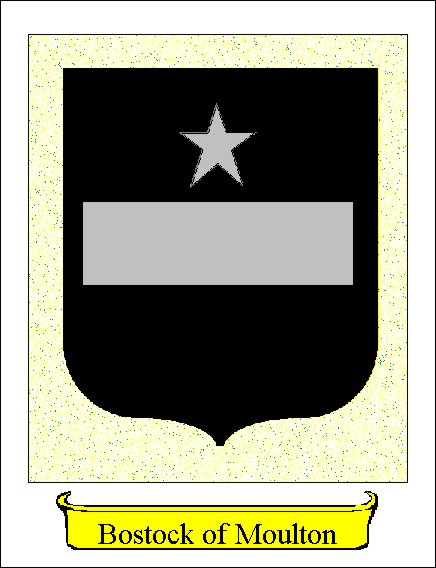
I say that the mullet perceived by the Somerset Herald is in fact a Cadency sign for a third son, and that the Billet he perceived is not a Billet at all, it is in fact a Fess. On the drawing to the side here, I have drawn the charge as I see it, a fesse humettee, in the photographs that I have seen of the Chalice. No, I have not seen the real thing, but I will next time I am in the England.
If you look closely though at the photograph in Ray Richard's beautiful book, you will see that the "Billet" is not completely formed. In fact, the " Billet" has been couped and the sides do not form or contain a perfect rectangle reaching to the very edges of the shield. The ends if you like, are "cut off", or in heraldic language, COUPED. Therefore, I say that this is a Fess(e) Humetty or "humettee", and not a billet fesswise or otherwise at all. I now propose to prove the point, so read on !
Cotton and Baguley

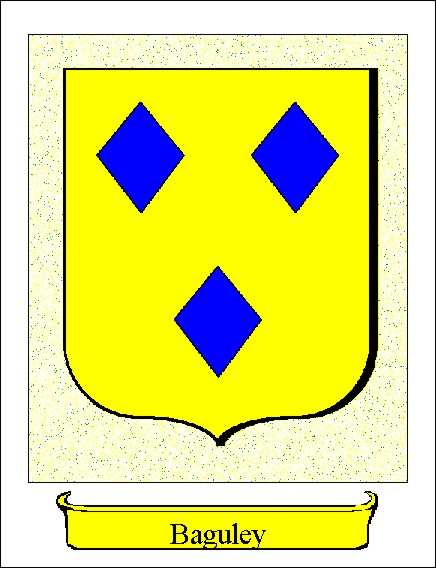
The pedigree of the Cotton family ( Harl MSS 1041 fo. 52; 1543 fo. 38b, 72b ) reveals that Isabell was the daughter of David Bostock and great grand daughter of Sir William Baguley ( ARMS - Or, three lozenges azure ). These are the same arms as are quartered on the Macclesfield chalices with those of Snelson. I show the arms of Cotton only for your interest.
Margarett Snelston was the great grand daughter of Thomas Snelston and his wife Issabel - daughter of David Bostock. This Issabel was the great grand daughter of Sir William Baguley above. She is cited as the daughter and heiress of Thomas Snelston.
The clue lies in the Arms cited above for Cotton and I give them verbatim below :-
ARMS.-Quarterly-1, Azure, a chevron between three cotton hanks Argent, [COTTON]; 2, Argent, a chevron between five crosses-crosslet fitchee, two in chief and three in base, Sable, [SIDENTON]; 3, Argent, on a bend engrailed sable three fleurs-de-lis of the first, [HOLT]; 4, Argent, a scythe Sable, [SNELSTON]; over the whole a crescent for difference.
Baguley
The Baguley arms can be seen as the third coat on the Macclesfield Chalice arms as per Roger the Dyer. Bostock of Moulton is the second coat on the chalice. So Roger must be descended I think through this Issabel Bostock and her ancestor, Sir William Baguley.
The SNELSON arms appear at 7 out of 8 on the Bostock of Churton shield. An Alice Snelston appears in this family's genealogy; she married Robert Bostock. I think that Alice was an heraldic heiress - meaning that the male line descending from the original armiger down through the eldest sons may have died out, although other collateral lines could have existed in the normal course of business, and our Roger the dyer may have been in one of them.
The second cousin of Alice SNELSTON's husband ( Robert Bostock ) namely Sir Adam Bostock, knight and Lord of Bostock was "slaine" in the War of the Roses at the Battle of Blore Heath on 23 February 1459. Sir Adam's son was poisoned.
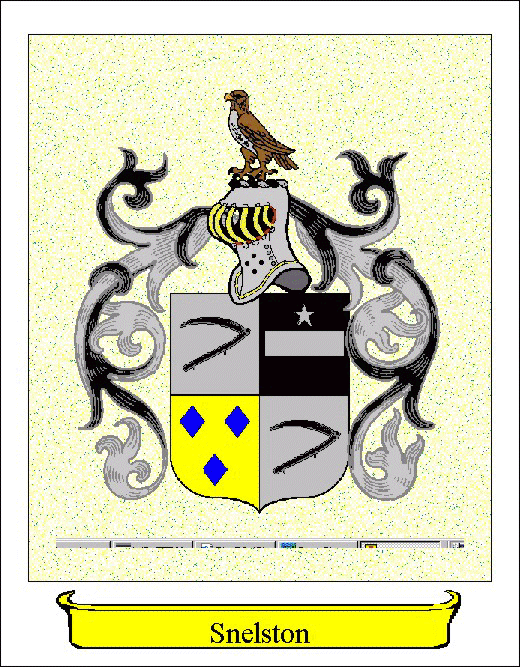
So, the Snelson shield appears on these arms due I think to Alice Snelston marrying into the Bostock line. There does not appear to be any linkage between this phenomenon and the passing of the Bostock arms onto the Snelson quartering on the chalice, as that coat has Snelson arms quartered twice as the pronominal coat at positions 1 and 4. It would not be logical to suggest that this could arise through the marriage of Alice into the Bostock line, because quartering at 1 and 4 can only result from a male descent and cannot have come from a marriage to a Snelson heiress - her arms could only be placed at 2 and/ or 3.
Cheshire Funeral Certificates
George Bostock 1627 buried Holte died 24 December 1627 of the Holte, Denbighshire, son of Lancelot Bostock of Holte - Arms quarterly 16 and ..... " at 10 I see guess what, Argent a Scythe Sable ! George and Lancelot Bostock both appear on the 1580 Visitation of Chester pedigree chart.
The arms are given as follows :-
ARMS.- Quarterly 16; 1 Sable, a Fess humetee, Argent a crescent for difference. 2. Or, a bend Azure. [VERNON.] 3. Quarterly, Or and Gules, a bendlet Sable. [MALBANK.] 4. Azure, three garbs Or. [RANDOLPH-BLUNDERVILLE.] 5. Gules, a chevron Argent fretty Sable between three mullets of the second. 6. Gules, two lions passant Argent a label of three points Or. 7. Argent, a gryphon segreant per Fesse Gules and Azure. 8. Vert, a bend Ermine. [WETTENHALL.] 9. Azure, three eagles displayed Or. 10. Argent, a scythe Sable. [SNELSTON.] 11. Azure, three fishes heads meeting at the Fess point Argent. [TROUTBECK.] 12. Vert, a cross engrailed Ermine. [WETTENHALL alias KINGSLEY] 13. Argent, a Fess Gules between three leopards faces Sable. 14. Azure, three standing dishes Argent. 15. Argent, a saltire engrailed between four hammers Sable. 16. Azure, a lion rampant Argent.